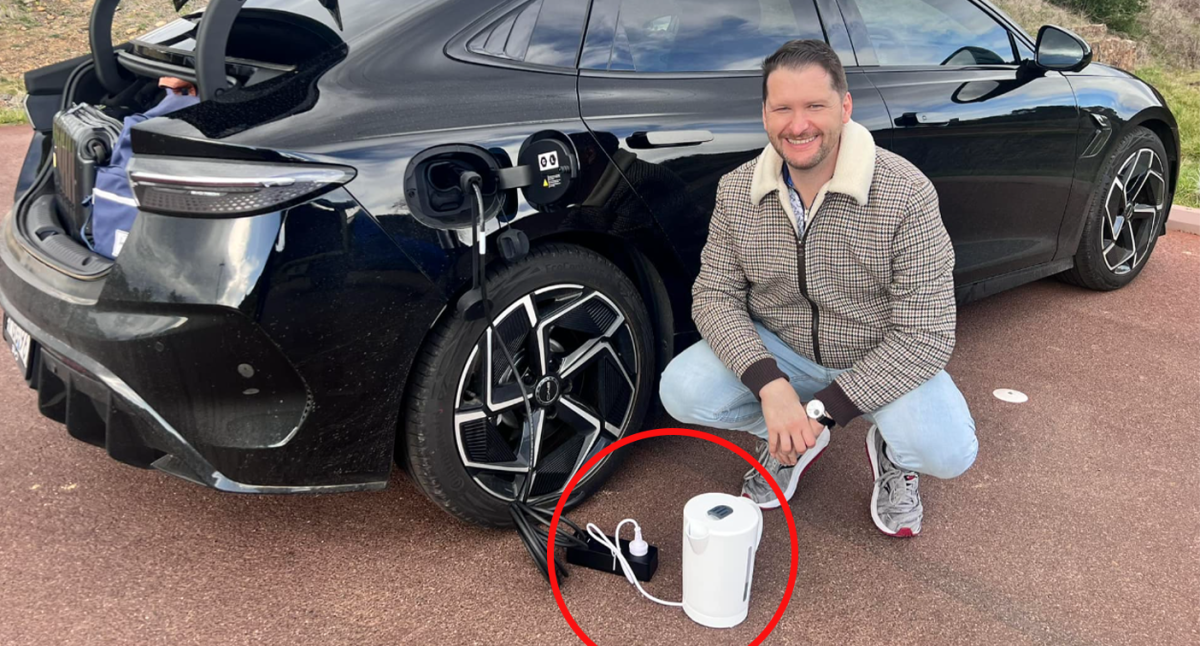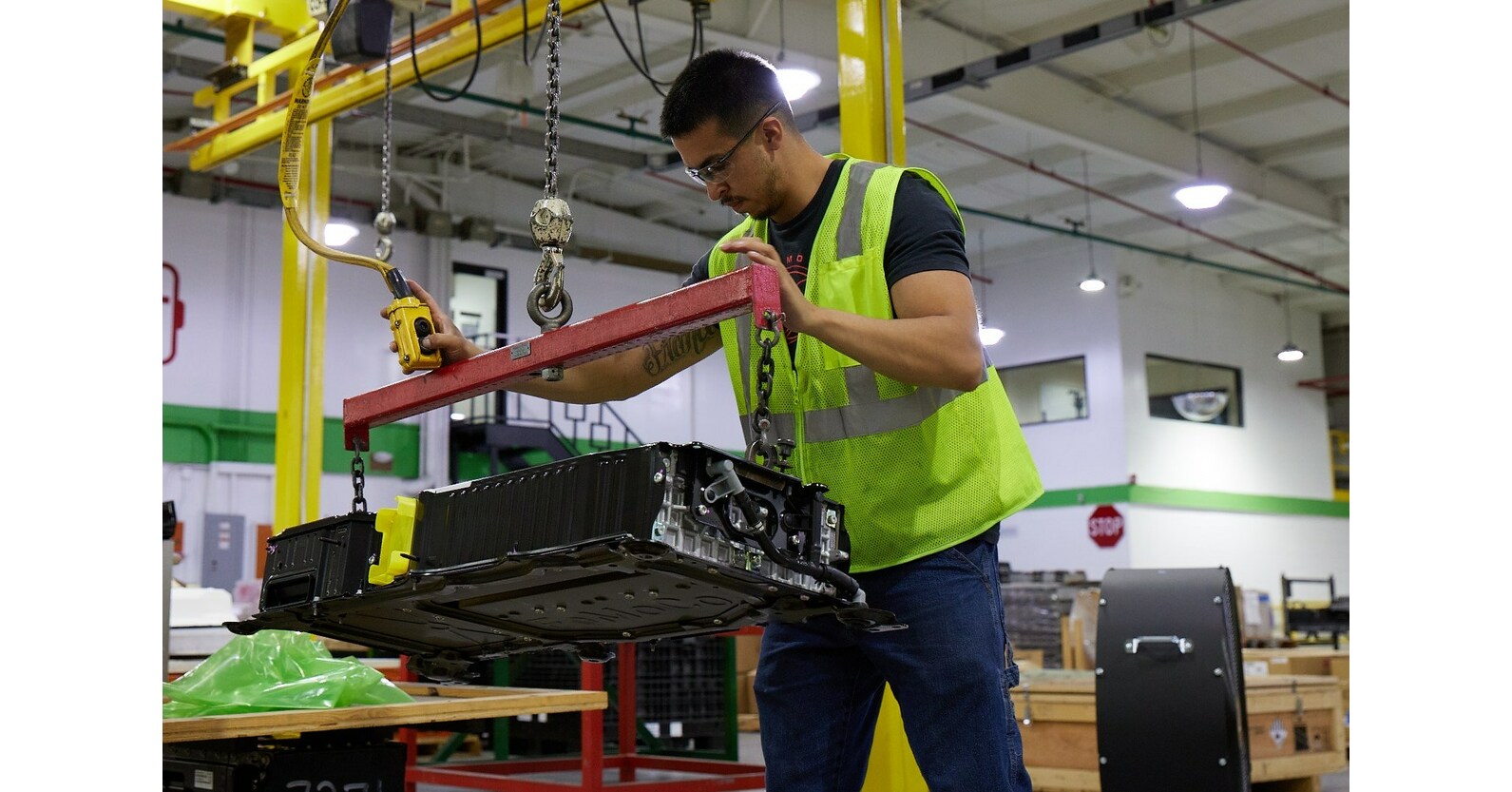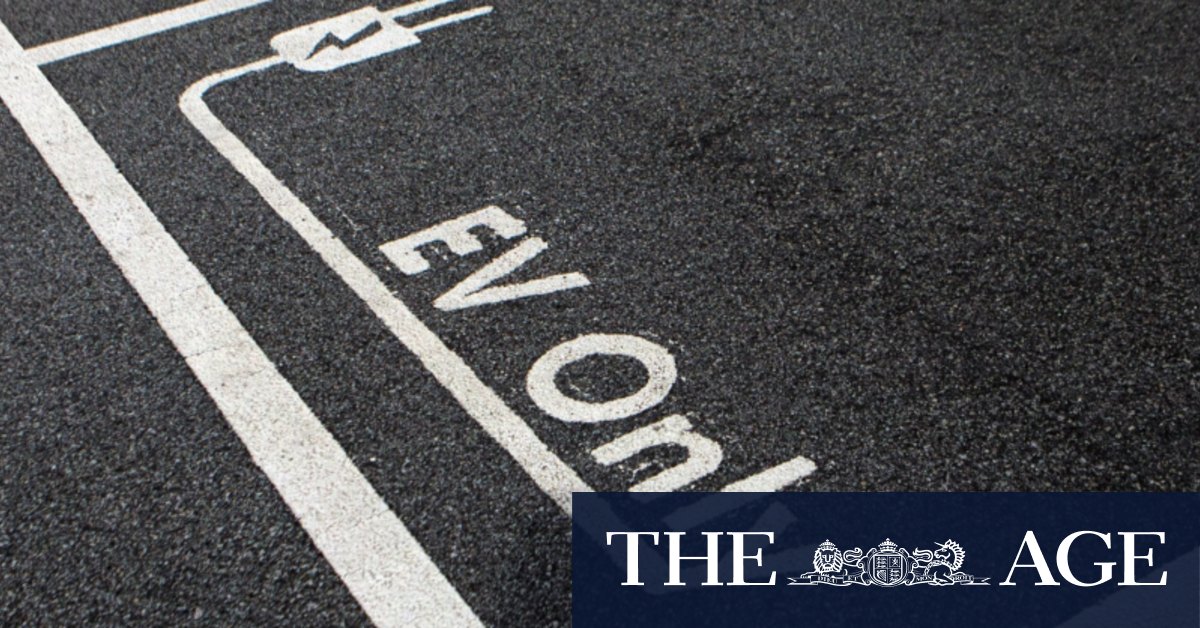Aussie electric vehicle (EV) enthusiasts are discovering that their cars can do more than just drive—they can also function as portable power banks capable of recharging household items and even feeding power back into the grid during outages. Experts predict that this “emerging” technology, which allows for the bi-directional flow of energy, could revolutionize how electricity is used in homes and could become mainstream as early as next year.
Vehicle-to-Grid (V2G) and Beyond
The terms Vehicle-to-Grid (V2G), Vehicle-to-Home (V2H), and Vehicle-to-Load (V2L) describe the bi-directional energy flow between EVs, homes, and the electrical grid. While some EV owners are already familiar with these capabilities, the technology is still relatively new to many in the industry. BYD, a manufacturer already incorporating these features into some models, recently gained attention after an Australian owner highlighted the convenience of boiling a kettle during a road trip using his car’s power.
Industry Perspectives
Ross De Rango, Head of Energy and Infrastructure at the Australian Electric Vehicle Council, emphasizes the convenience of these features, especially V2L, which is available in several cars on the market today. However, he cautions that V2G, which has more complex technical requirements, should be used responsibly and only after thorough research to ensure safety. He anticipates that V2G will become more mainstream next year.
BYD vs. Tesla
The conversation around BYD’s EVs has sparked comparisons with Tesla, particularly regarding the absence of V2L functionality in Tesla vehicles. Some Aussie consumers are choosing BYD models over Tesla for this very reason. For instance, one rural resident chose the BYD Seal because of V2L’s ability to power water pumps during blackouts—a feature increasingly valued in areas with unreliable power.
Safety Concerns
Despite the excitement, experts urge caution. Canberra-based mechanic Saffy Sgroi warns that safety should be the top priority when using V2V (Vehicle-to-Vehicle) charging. Handling large batteries can be dangerous, and improper use could have severe consequences. As the technology becomes more widespread, ensuring that users understand how to operate it safely is crucial.
Source: yahoo.com





